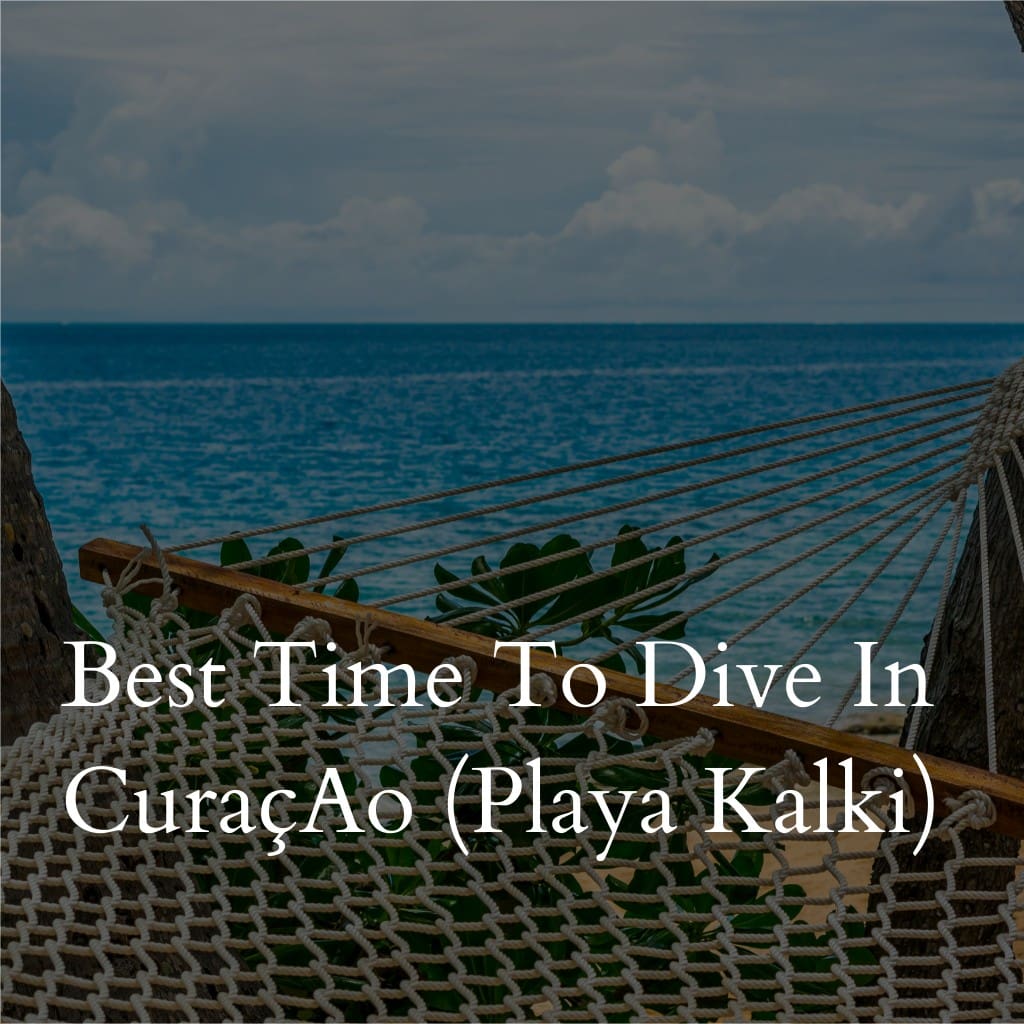Optimal Diving Seasons
Peak Seasons
The best months for diving in Playa Kalki are generally from December to April. During this period, the weather conditions are most favorable with calm seas and excellent underwater visibility, often exceeding 30 meters. The air temperatures are also quite comfortable, ranging between 25-30°C (77-86°F), making surface intervals pleasant. Additionally, these months coincide with the dry season, so there’s minimal rainfall to disrupt dive plans.
Off-Peak Seasons
Diving during the off-peak seasons, particularly from May to November, has its own set of advantages and disadvantages. On the plus side, the waters are less crowded, providing a more tranquil diving experience. Marine life is still abundant, and the water temperature remains warm, ranging from 27-29°C (81-84°F). However, this period is considered the rainy season, resulting in potential dips in visibility due to storm runoff. Divers should also stay informed about the Caribbean hurricane season, which peaks from August to October, as it can affect diving conditions and safety.
Month-by-Month Guide
January to March: These months typically offer cooler water temperatures ranging from 78-80°F (25-27°C). Visibility is excellent, often exceeding 100 feet (30 meters). Divers can expect calm seas with little rain, making it a fantastic time for spotting species like eagle rays and plenty of reef fish.
April to June: Temperatures begin to rise, reaching up to 82°F (28°C). While visibility remains high, these months bring an increase in plankton, enriching marine life and offering unique photo opportunities. Divers can hope to see larger pelagic species moving closer to shore.
July to September: This period represents the peak of summer with water temperatures soaring to about 84°F (29°C). Visibility may be slightly reduced due to plankton blooms, but this encourages diverse marine ecosystems. Be cautious of higher chances of rain and water disturbances; yet, it’s a prime time to observe spawning corals and the diverse sea life they attract.
October to December: Temperatures start to cool slightly, ranging from 80-82°F (27-28°C). Visibility improves once again, and the water remains calm. This is an optimal time for macro photographers and marine life enthusiasts, as the reefs are teeming with juvenile fish species, seahorses, and other fascinating encounters. It’s also a lesser-visited time, so divers can enjoy a quieter experience.
Diving Conditions
Water Temperature
In Curaçao, particularly around Playa Kalki, water temperature remains fairly consistent throughout the year, hovering between 26°C to 29°C (79°F to 84°F). This makes it comfortably warm for divers, allowing for extended dive sessions without the risk of getting too cold. Between December and February, the water temperature tends to be at the lower end of this range, while July through October sees the higher temperatures.
Visibility
Visibility in Curaçao is generally excellent, with underwater visibility ranging from 20 to 30 meters (65 to 100 feet) on average. The clearest waters are usually found from February to June, when visibility can sometimes extend up to 40 meters (130 feet). From October to December, visibility may decrease slightly due to more frequent rains, but is still substantially good for enjoyable diving experiences.
Currents and Tides
The currents around Playa Kalki are generally mild, making it suitable for divers of various skill levels. Currents are typically gentle and predictable, flowing primarily from the east. However, tidal changes can slightly impact the strength of these currents. The best times to dive are typically during slack tides, which provide the calmest conditions. It’s advisable to consult local dive operators for the most accurate and up-to-date tide and current information.
Recap
To summarize, the best time to dive in Curaçao, particularly at Playa Kalki, depends on what you’re hoping to experience. The peak diving season from December to April offers the calmest seas and highest visibility, making it ideal for exploring the vibrant reefs and colorful marine life. However, the off-peak season from May to November still presents valuable opportunities for diving, particularly for those interested in dodging crowds and encountering unique seasonal marine life. Regardless of the time of year, Playa Kalki provides a consistently rewarding dive experience with its beautiful underwater landscapes and diverse aquatic species.


Leave a Reply